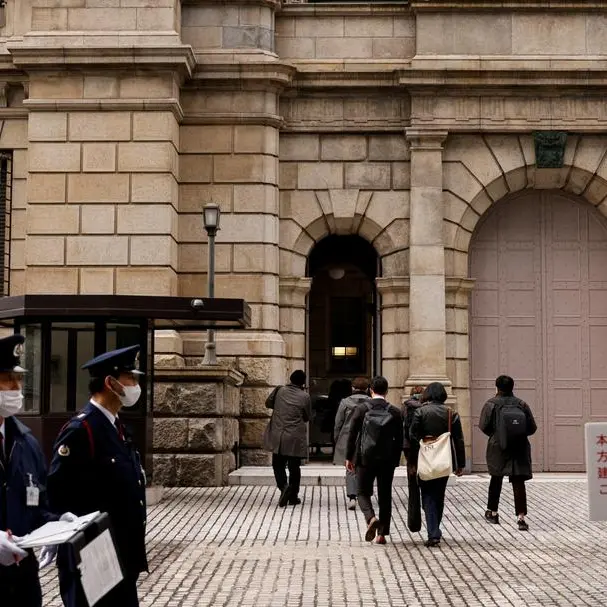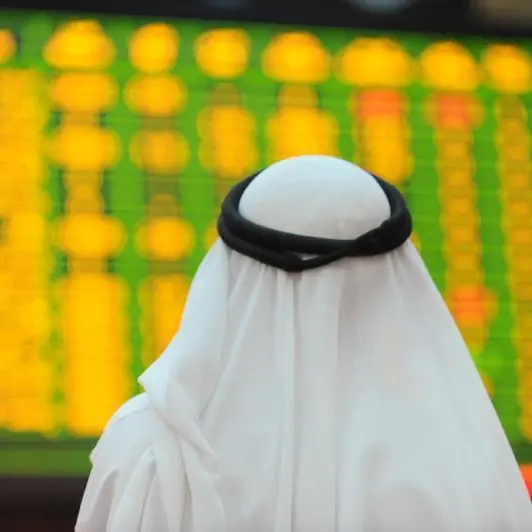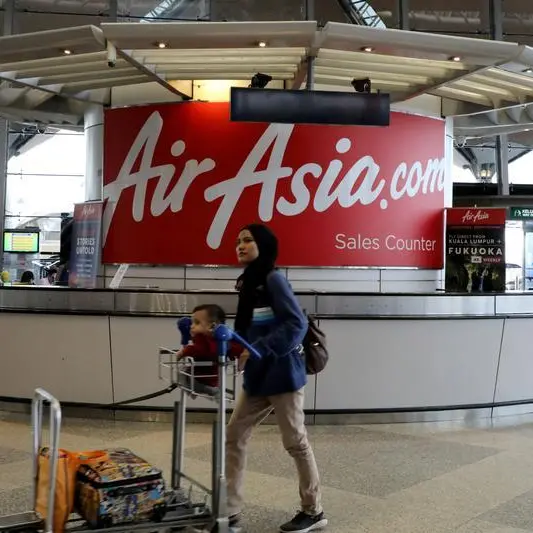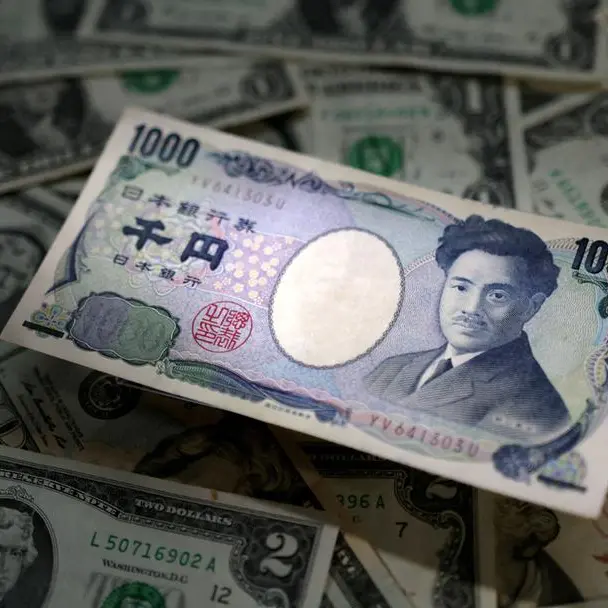PHOTO
The market for real estate investment funds (REITs) in Saudi Arabia saw strong growth in 2018, with the number of listings rising by a third since the first quarter of 2018 and it’s total worth in terms of market capitalisation surging by around 50 percent to pass the $3 billion mark, according to a new report published on Sunday by real estate consultancy firm Knight Frank.
However, the REIT market in the kingdom has faced a tough year on the bourse. While the Tadawul all share index rose by around 10 percent in 2018, the REIT index has fallen by around 20 percent year-to-date.
As a result, Knight Frank predicts that in 2019 it expects “the pace of REITs listings to moderate as indicated by fewer numbers of approved REITs in the pipeline”.
The lacklustre performance of the REIT index is part a general slump in the kingdom’s real estate sector, with the real estate index on the Tadawul performing even worse - dropping by around 30 percent in 2018.
“Looking at the real estate market performance in 2018, the general trend for Saudi Arabia is that most sectors have remained subdued as highlighted by lower activity levels, while occupancy levels have been under pressure across most asset classes leading to a gradual softening of rents,” Knight Frank said in its report.
“While we see this current situation prevailing in the short term, we remain optimistic for the longer term due to the various government initiatives aimed at stimulating the real estate market whilst encouraging the private sector to take a key role in this process, as part of the recently-introduced strategic reforms,” it added.
However, the report said the growth of the REIT market in the kingdom was a positive step. In the first quarter of 2018 there was 12 REITs listed on the Tadawul, with a market capitalisation of $2 billion. As the year closes, this has risen to 16 listings with a total market capitalisation of over $3 billion, according to Knight Frank.
The approval of regulations for the use and listing of REITs in Saudi Arabia “signals an important step in the government’s drive to boost private sector participation in the sector and increase transparency in real estate markets where visibility around asset performance, ownership and legislation are key to attracting capital to the sector,” the report said.
While Knight Frank predicts there will be fewer new REIT listings in 2019, it does see some positive indicators for investors:
• The increased number of REITs will mean more competition between them, which will lead to increased transparency, better quality portfolios and the adoption of best-in-class practices related to asset management and corporate governance.
• Knight Frank also predicts that as the market matures the kingdom will see the emergence of more thematic REITs focused on specific real estate sectors or regions.
• In terms of regulation, the Saudi Arabian Capital Market Authority (CMA) introduced a number of new amendments governing REITS, such as increasing the minimum capital requirement for new funds from SAR 100 million Saudi riyals ($26.66 million) to 500 million Saudi riyals. “A strong and evolving regulatory framework, which has proven to be favourable in more mature jurisdictions, will remain a key objective in the development of the REIT market in Saudi Arabia,” Knight Frank said.
Further reading:
• REITs to soak up Gulf property glut
• Dubai's Equitativa to expand REIT reach to Asia, Africa
• Alkhabeer Capital to list Alkhabeer REIT
• Derayah REIT is 125% oversubscribed
• Investor appetite for REITs ramps up in Gulf
(Writing by Shane McGinley; Editing by Michael Fahy)
(shane.mcginley@refinitiv.com)
Our Standards: The Thomson Reuters Trust Principles
Disclaimer: This article is provided for informational purposes only. The content does not provide tax, legal or investment advice or opinion regarding the suitability, value or profitability of any particular security, portfolio or investment strategy. Read our full disclaimer policy here.
© ZAWYA 2018












